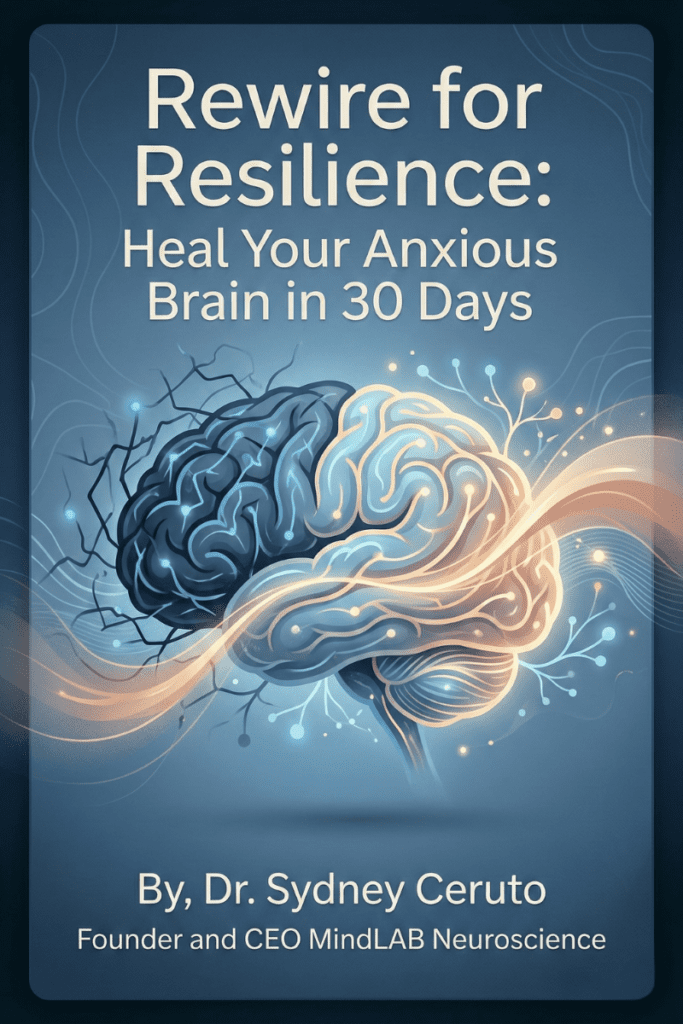🎧 Audio Version
The Neuroscience of Relationships: Understanding the Brain’s Role in Social Connections
At the core of interpersonal relationships lies the intricate workings of our brains. The field of interpersonal neurobiology, pioneered by Dr. Dan Siegel, explores how our neural circuits are shaped by our social interactions. This interdisciplinary approach combines insights from neuroscience, psychology, and other fields to understand how relationships influence brain development and function.The brain’s social nature is evident in its structure and function. Key areas involved in social cognition include:
- The prefrontal cortex: Responsible for executive functions, decision-making, and social behavior
- The amygdala: Processes emotions and plays a crucial role in fear and threat detection
- The hippocampus: Involved in memory formation and emotional regulation
- The insula: Associated with empathy and interoception (awareness of internal bodily sensations)
Understanding these neural mechanisms can help us develop strategies to improve our relationships and social skills.
The Role of Mirror Neurons in Empathy and Connection
One fascinating discovery in neuroscience is the existence of mirror neurons. These specialized brain cells fire both when we perform an action and when we observe someone else performing the same action. This mirroring system is thought to play a crucial role in empathy, allowing us to understand and share the emotions of others.By cultivating awareness of our mirror neuron system, we can enhance our ability to empathize and connect with others. Practices such as mindfulness meditation and emotional intelligence training can help strengthen these neural pathways, leading to improved interpersonal relationships.
The Neurobiology of Trust: Oxytocin and Social Bonding
Trust is a fundamental component of strong relationships, and neuroscience has shed light on its biological underpinnings. The hormone oxytocin, often called the “love hormone” or “cuddle chemical,” plays a crucial role in social bonding and trust.Oxytocin is released during positive social interactions, such as hugging, physical touch, and even eye contact. It promotes feelings of trust, attachment, and social connection. By engaging in activities that boost oxytocin levels, such as physical affection, deep conversations, and shared experiences, we can strengthen the bonds in our relationships.

Stress and Relationships: The Impact of Cortisol on Social Behavior
While oxytocin promotes bonding, chronic stress can have detrimental effects on our relationships. The stress hormone cortisol, when chronically elevated, can impair social cognition and increase irritability and aggression.To counteract these effects, it’s essential to manage stress effectively. Techniques such as mindfulness meditation, regular exercise, and adequate sleep can help regulate cortisol levels and improve our ability to navigate social interactions.
Neuroplasticity: Rewiring the Brain for Better Relationships
One of the most exciting discoveries in neuroscience is the brain’s ability to change and adapt throughout our lives, a concept known as neuroplasticity. This means that we can actively reshape our neural pathways to improve our relationship skills and social cognition.By engaging in deliberate practice and learning new relationship skills, we can strengthen the neural circuits associated with empathy, communication, and emotional regulation. This process of neural rewiring can lead to lasting improvements in our interpersonal relationships.
The Impact of Technology on Modern Relationships
In today’s digital age, technology plays a significant role in shaping our interpersonal relationships. While it offers unprecedented connectivity, it also presents unique challenges to our brain’s social functioning.Research has shown that excessive screen time can alter brain structure, particularly in areas responsible for emotional processing and attention. A study published in the journal NeuroImage found that high levels of smartphone use were associated with decreased gray matter volume in certain brain regions.However, technology can also enhance relationships when used mindfully. Video calls, for instance, can activate similar neural pathways as in-person interactions, helping maintain long-distance connections.To harness the benefits of technology while mitigating its drawbacks:
- Set digital boundaries to ensure quality face-to-face time
- Practice “phubbing” awareness (avoiding phone use during social interactions)
- Use technology to enhance, not replace, in-person connections
Emotional Intelligence and Relationship Success
Emotional Intelligence (EQ) is a crucial factor in relationship success. It encompasses self-awareness, self-regulation, motivation, empathy, and social skills. Neuroscience research has shown that individuals with higher EQ tend to have more satisfying relationships.The prefrontal cortex, responsible for executive functions, plays a key role in emotional intelligence. By strengthening neural connections in this area, we can improve our EQ and, consequently, our relationships.To enhance your emotional intelligence:
- Practice self-reflection to increase self-awareness
- Engage in mindfulness meditation to improve emotional regulation
- Actively listen to others to develop empathy
The Power of Non-Verbal Communication
Non-verbal communication forms a significant part of our social interactions. Our brains are wired to pick up on subtle cues like facial expressions, body language, and tone of voice.The right hemisphere of the brain is particularly adept at processing non-verbal information. Studies using functional magnetic resonance imaging (fMRI) have shown increased activity in this area when individuals interpret non-verbal cues.To improve your non-verbal communication:
- Maintain appropriate eye contact
- Be aware of your body posture and gestures
- Pay attention to others’ non-verbal signals
Conflict Resolution: A Neuroscience Perspective
Conflict activates the brain’s threat response system, primarily the amygdala. This can lead to a “fight or flight” reaction, hindering effective communication and problem-solving. However, by engaging the prefrontal cortex, we can override this automatic response and approach conflicts more rationally. Techniques like deep breathing and reframing can help activate this part of the brain.For better conflict resolution:
- Practice emotional regulation techniques
- Use “I” statements to express feelings without blame
- Focus on finding mutually beneficial solutions
The Role of Attachment Styles in Adult Relationships
Our early experiences shape our attachment styles, which influence our adult relationships. Neuroscience research has shown that these patterns are encoded in our neural pathways but can be modified through neuroplasticity.The four main attachment styles are:
- Secure
- Anxious
- Avoidant
- Disorganized
Understanding your attachment style can help you navigate relationships more effectively. For those with insecure attachment styles, therapy and neural rewiring techniques can help develop more secure patterns.
Mindfulness and Presence in Relationships
Mindfulness, the practice of being fully present in the moment, can significantly enhance relationship quality. Neuroscience research has shown that mindfulness practice can increase gray matter density in brain regions associated with empathy and emotional regulation.To cultivate mindfulness in relationships:
- Practice active listening without judgment
- Engage in shared mindfulness activities with your partner
- Regularly check in with your own thoughts and feelings
The Neuroscience of Forgiveness and Reconciliation
Forgiveness is a powerful tool for maintaining healthy relationships. Studies have shown that the act of forgiveness can reduce activity in the brain’s stress response system and increase activity in regions associated with empathy and understanding.To cultivate forgiveness:
- Practice empathy and perspective-taking
- Focus on the benefits of forgiveness for your own well-being
- Engage in guided forgiveness meditations
Building Resilience in Relationships
Relationship resilience is the ability to adapt to challenges and bounce back from difficulties. Neuroscience research has shown that resilience can be developed through neuroplasticity, the brain’s ability to form new neural connections.To build relationship resilience:
- Practice gratitude to strengthen positive neural pathways
- Develop a growth mindset about relationships
- Engage in couples therapy or coaching to learn new relationship skills
Practical Strategies for Applying Neuroscience to Relationships
- Practice active listening: Engage fully in conversations, focusing on understanding rather than formulating responses.
- Cultivate empathy: Regularly put yourself in others’ shoes to strengthen your mirror neuron system.
- Engage in physical touch: Appropriate physical contact, like hugs or handshakes, can boost oxytocin levels.
- Manage stress: Implement stress-reduction techniques to keep cortisol levels in check.
- Learn and practice new skills: Continuously work on improving your communication and emotional intelligence.
- Foster positive experiences: Create shared positive moments to strengthen neural pathways associated with bonding.
- Practice mindfulness: Regular mindfulness meditation can enhance emotional regulation and social awareness.
By incorporating these neuroscience-backed strategies into our daily lives, we can unlock the secrets to building stronger, more fulfilling interpersonal relationships. Remember, the brain is constantly changing, and with consistent effort, we can rewire our neural pathways to become more socially adept and emotionally intelligent.For more insights on improving your relationships through neuroscience, explore our relationship enhancement programs and emotional intelligence coaching.





